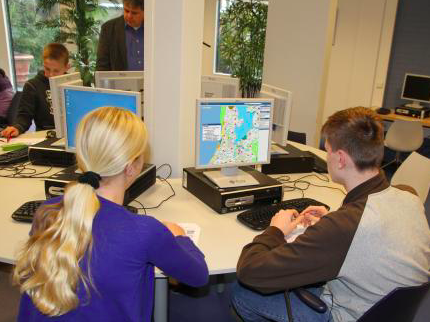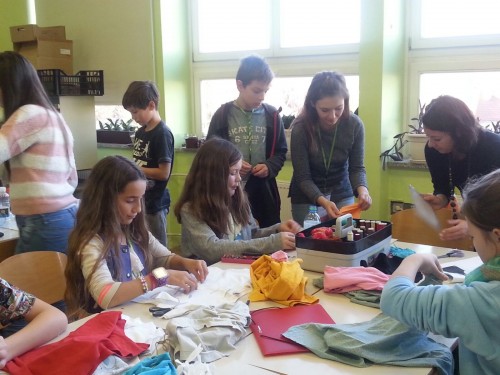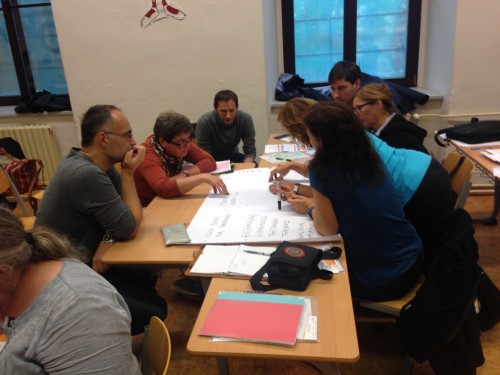Deepening toolkit
4. Ambition: Expanding your educational repertoire
Reconstruction of regular teaching by reversal and omission is a way of thinking about teaching you can vary with endlessly, and it enables you to continuously expand your own educational repertoire. In order to map out your own learning path as a teacher, you first have to be aware of what you are currently doing, and why. Based on this, you may then wish to expand your repertoire step by step, building on what you already know and are able to do, again and again.


